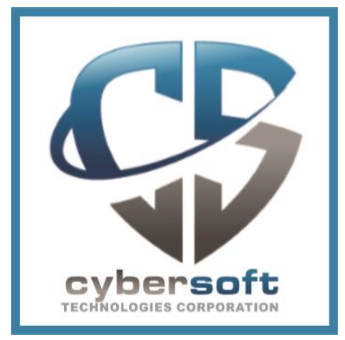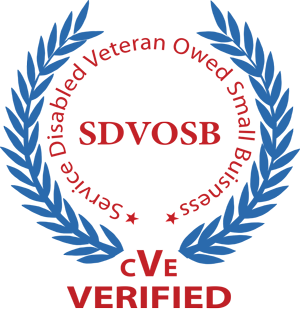TOGAF & SABSA
With this training, you will learn how to speed up and simplify development while ensuring the evolving system remains responsive to business change and is legally compliant. Using TOGAF results in consistent enterprise architecture that reflects stakeholder needs, and considers current and future needs of the business.
Content
- Introduction to TOGAF
- TOGAF as a framework for enterprise architecture
- Explaining the role and purpose of The Open Group
- Outlining the structure of the TOGAF document
- Navigating the TOGAF Certification for People Program
- Defining Core Concepts
- Separating enterprise architecture into domains
- Categorizing architectural artifacts through an enterprise continuum
- Creating architectures with the Architectural Development Method (ADM)
- Establishing an enterprise architecture capability
- Combining TOGAF with other frameworks
- Implementing the Architectural Development Method (ADM)
- Recognizing the basic structure of the ADM
- Adapting the ADM
- Scoping the architecture effort
- Detailing an architectural requirements management framework
- Establishing the requirements for architecture work
- Confirming architecture principles
- Defining the enterprise architecture team and organization
- Determining target architecture value propositions
- Developing the Statement of Architecture Work
- Describing target Business Architectures
- Covering the application and data domains through Information Systems Architecture
- Mapping application components to underlying technologies with Technology Architectures
- Defining Core Concepts
- Separating enterprise architecture into domains
- Categorizing architectural artifacts through an enterprise continuum
- Creating architectures with the Architectural Development Method (ADM)
- Establishing an enterprise architecture capability
- Combining TOGAF with other frameworks
- Implementing the Architectural Development Method (ADM)
- Recognizing the basic structure of the ADM
- Adapting the ADM
- Scoping the architecture effort
- Detailing an architectural requirements management framework
- Bootstrapping in the Preliminary Phase
- Establishing the requirements for architecture work
- Confirming architecture principles
- Defining the enterprise architecture team and organization
- Determining target architecture value propositions
- Developing the Statement of Architecture Work
- Describing target Business Architectures
- Covering the application and data domains through Information Systems Architecture
- Mapping application components to underlying technologies with Technology Architectures
- Applying Enterprise Architecture Through Projects (ADM Phases E-H)
- Deriving Transition Architectures that deliver continuous business value
- Developing Implementation and Migration Plans
- Prioritizing work packages and projects
- Governing and managing Architecture Contracts
- Triggering new cycles of the ADM
- Applying ADM Guidelines and Techniques
- Iterating the ADM
- Building hierarchies of ADM processes
- Providing guidance for security architecture
- Governing Service-Oriented Architecture
- Leveraging the Enterprise Continuum
- Populating the architecture and solutions continua
- Storing artifacts in the Architecture Repository
- Exploiting the Enterprise Continuum for reuse
- Analyzing the architecture landscape through partitioning
- Aggregating and integrating content
- Modeling Foundation Architecture with the Technical Reference Model (TRM)
- Exploring the Integrated Information Infrastructure Reference Model (III-RM)
- Creating an Architecture Capability Framework
- Establishing a sustainable practice
- Setting up an Architecture Board
- Detailing architecture compliance Reviews
- Practicing architecture governance

